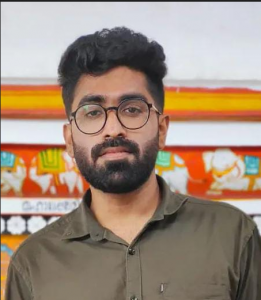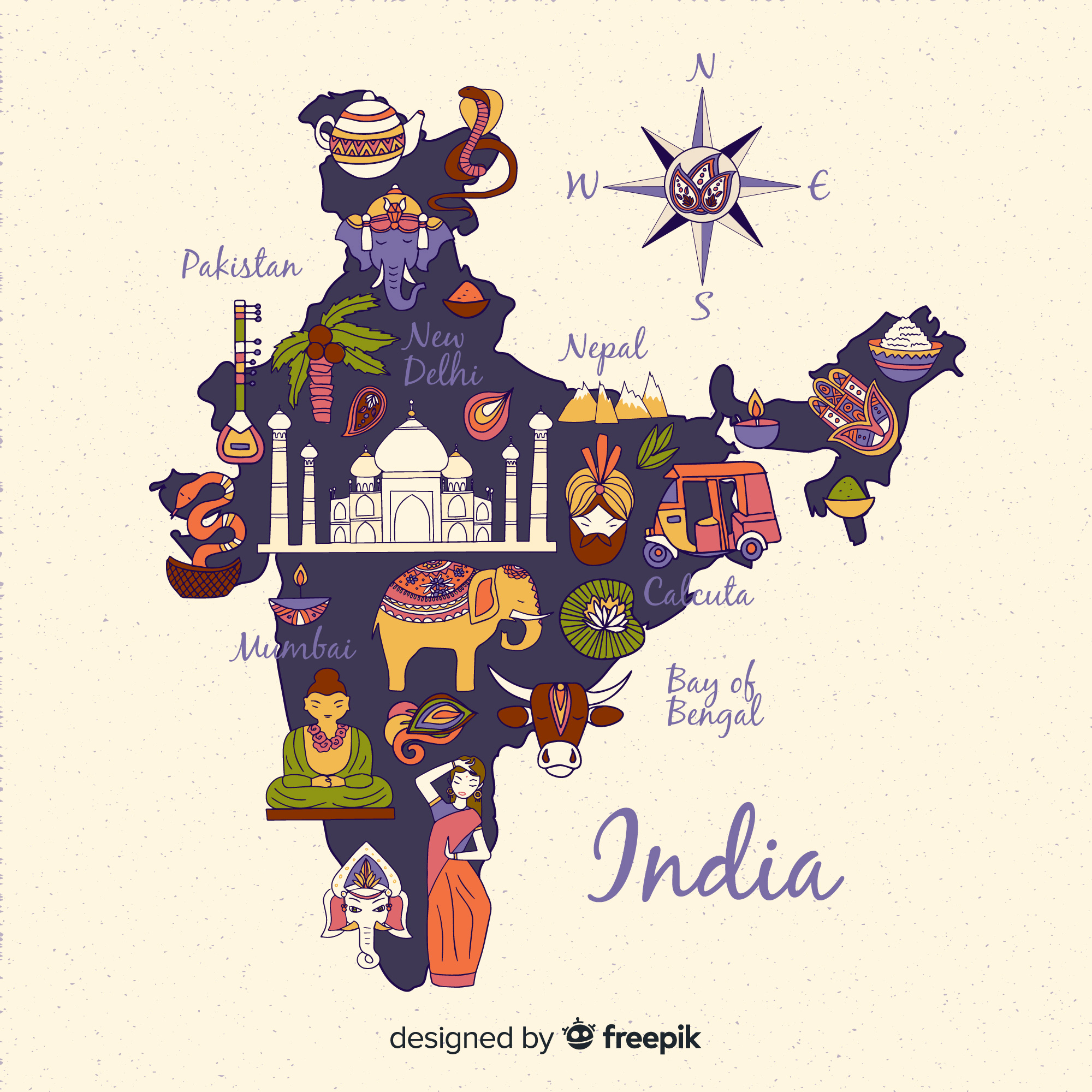News highlights:
- The government has identified and recorded the distinctive characteristics of more than one lakh villages across the nation in an effort to harness the unique cultural heritage of rural India.
- The entire exercise has been carried out under the ‘Mera Gaon Meri Dharohar‘ (My Village My Heritage) programme of the National Mission for Cultural Mapping (NMCM).
National Mission for Cultural Mapping (NMCM)
- About
- The National Mission for Cultural Mapping (NMCM) aims to develop a comprehensive database of art forms, artists and other resources across the country.
- It was launched by the Ministry of Culture in 2017, the programme got off to a slow start and was handed over to the Indira Gandhi National Centre for Arts (IGNCA) in 2021.
- IGNCA was established in 1987 as an autonomous institution under the Ministry of Culture, as a centre for research, academic pursuit and dissemination in the field of the arts.
- The IGNCA plans to cover all the 6.5 lakh villages in the country. As of now, short films have been made on 750 cluster villages. The films, which give a 360-degree view of the village, have been shot using drones.
- Significance:
- The program seeks to document the cultural identity at the village level by involving citizens to share what makes their village, block, or district unique.
- In this cultural asset mapping, villages have been broadly divided into seven-eight categories based on whether they are important ecologically, developmentally and scholastically if they produce a famous textile or product, and if they are connected to some historical or mythological events such as the Independence struggle or epics like the Mahabharata.
- The mapping aims to develop a comprehensive database of art forms, artists, and other resources across the country.

My Village My Heritage programme:
- Cultural Mapping:
- The process involves identifying and mapping the cultural assets and art repositories of the nation i.e., art expressions, crafts and skills, wisdom tradition and other cultural practices whether oral, aural, visual or kinetic.
- Information about the ritual, social and economic status of artists and craftsmen within the community is also of relevance and is to be noted during the cultural mapping.
- Survey Process:
- The cultural asset mapping of villages was carried out through field surveys by joint teams of the Ministry of Culture and the Common Services Centres (CSC), Ministry of Electronics and Information Technology.
- Citizens were involved in sharing what makes their village, block, or district unique.
- The survey process involved a CSC Village Level Entrepreneur (VLE) conducting meetings with locals and uploading interesting facts about their village on a special application.
Pic Courtesy: Freepik
Content Source: The Hindu



